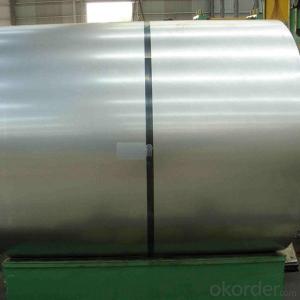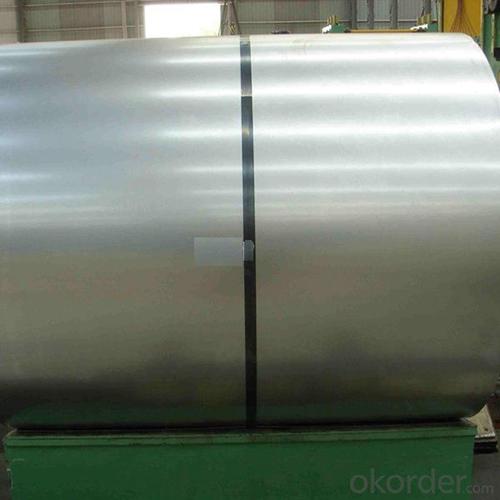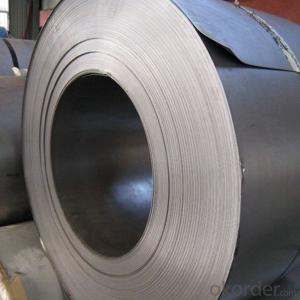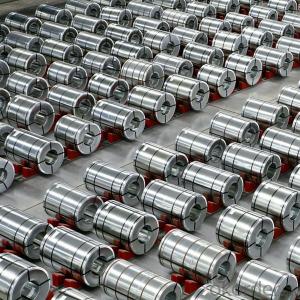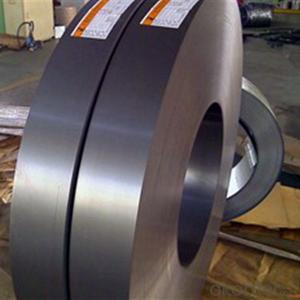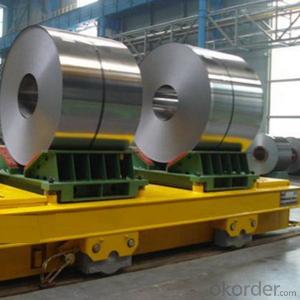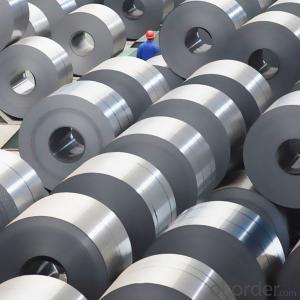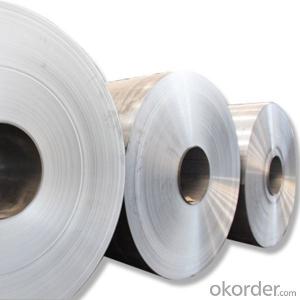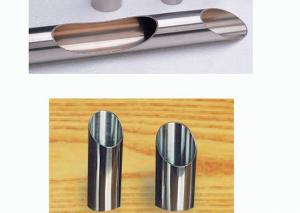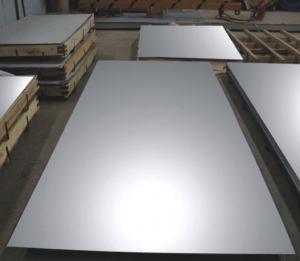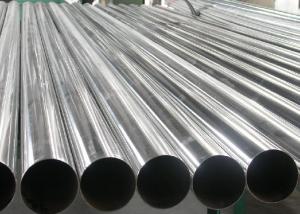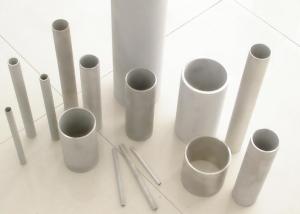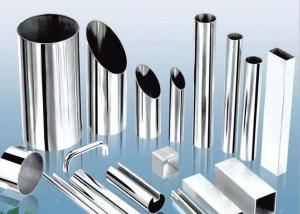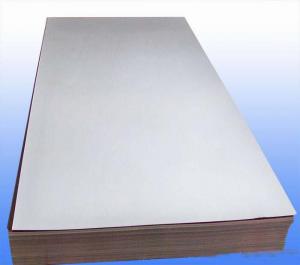Steel Sheets Slitted From China 200 Series 300 Series 400 Series
- Loading Port:
- Shanghai
- Payment Terms:
- TT OR LC
- Min Order Qty:
- 100 m.t.
- Supply Capability:
- 20000 m.t./month
OKorder Service Pledge
OKorder Financial Service
You Might Also Like
Specification
Specifications for Stainless Steel Coils/Sheets:
Grade | C ≤ | Si ≤ | Mn ≤ | P ≤ | S ≤ | Ni ≤ | Cr ≤ |
201 | 0.12 | 0.75 | 7.00 | 0.045 | 0.045 | 1.00-1.28 | 13.70-15.70 |
202 | 0.15 | 1.00 | 2.25 | 0.045 | 0.045 | 4.07-4.17 | 14.00-16.00 |
304 | 0.08 | 0.75 | 2.00 | 0.045 | 0.03 | 8.00-11.00 | 18.00-20.00 |
304L | 0.035 | 0.75 | 2.00 | 0.045 | 0.03 | 8.00-13.00 | 18.00-20.00 |
309 | 0.15 | 0.75 | 2.00 | 0.045 | 0.03 | 12.00-15.00 | 22.00-24.00 |
310S | 0.08 | 1.50 | 2.00 | 0.045 | 0.03 | 19.00-22.00 | 24.00-26.00 |
316 | 0.08 | 1.00 | 2.00 | 0.045 | 0.03 | 10.00-14.00 | 16.00-18.00 |
316L | 0.035 | 0.75 | 2.00 | 0.045 | 0.03 | 10.00-15.00 | 16.00-18.00 |
321 | 0.04-0.10 | 0.75 | 2.00 | 0.045 | 0.03 | 9.00-13.00 | 17.00-20.00 |
405 | 0.08 | 0.75 | 1.00 | 0.045 | 0.03 | 0.06 | 11.5-13.5 |
409 | 0.089 | 1.00 | 1.00 | 0.045 | 0.05 | 0.06 | 10.50-11.75 |
410 | 0.15 | 0.75 | 1.00 | 0.045 | 0.03 | 0.06 | 11.5-13.5 |
420 | 0.16-0.25 | 1.00 | 1.00 | 0.040 | 0.03 | 0.06 | 12.00-14.00 |
430 | 0.12 | 0.75 | 1.00 | 0.045 | 0.03 | 0.06 | 16.00-18.00 |
Description for Stainless Steel Coils/Sheets:
Prodcut:Stainless Steel Coil
Thinckness: 0.20mm-8.0mm
Width:1000mm, 1219mm(4 feet), 1250mm, 1500mm, 1524mm(5 feet),
1800mm, 2000mm, 2200mm, 2500mm,and customizable
Ni:0.8~1.2% Cu:1.4~1.5% Cr:14
Standard: ASTM, JIS, GB, BS, DIN etc
Grade: 200series&300series&400series
Surface finish: 2B, BA, 8K, 6K, Mirror Finished, No1, No2, No4, Hair Line with PVC
Manufacture technology: cold rolled/hot rolled
Thickness Tolerance: +/-0.1mm
Width Tolerance: +/-10mm
200 Seriers: 201,202
300 Seriers: 301, 304, 304L, 316L, 309, 310S,321
400 Seriers: 410, 410S, 409L,430
Packaging & Delivery for Stainless Steel Coils/Sheets:
Packaging Detail Standard export packing or following customer's demand
Delivery Time: Within 30-40 days after deposit or according to the order quantity
Detail picture for Stainless Steel Coils/Sheets
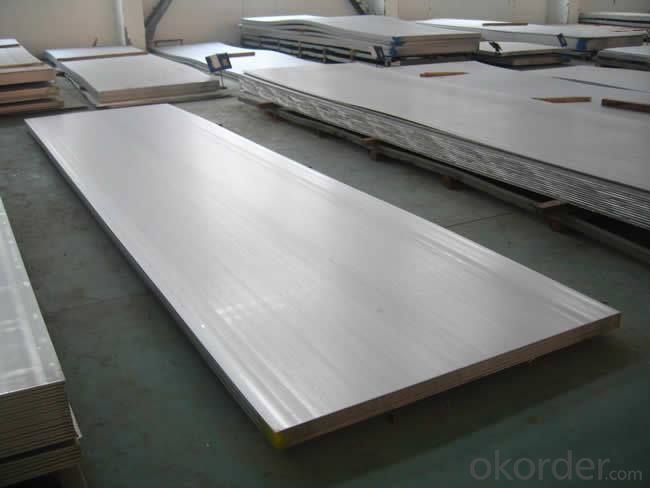
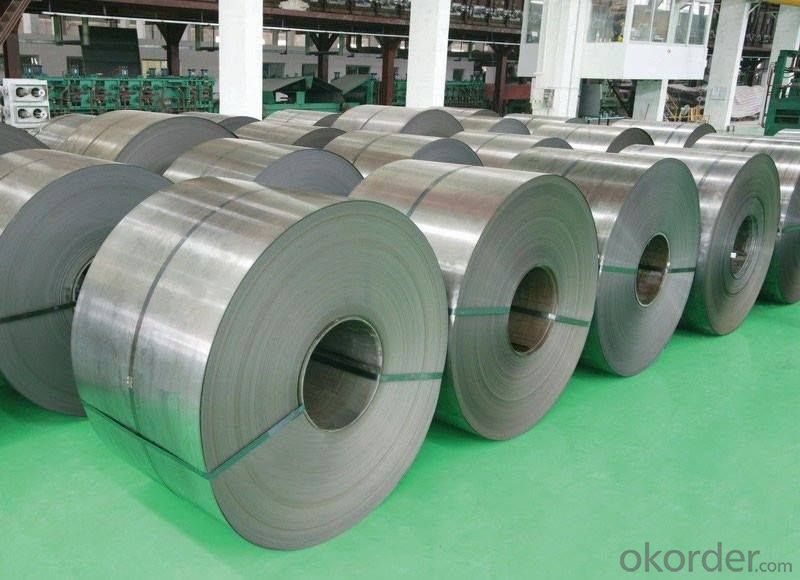
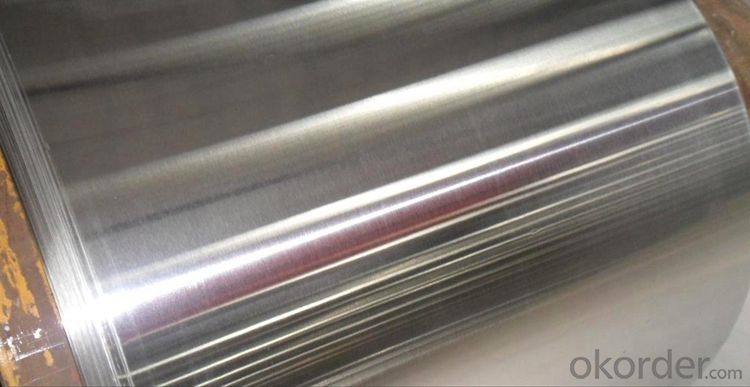
Application of Stainless Steel Coils
Finish | Definition | Application |
2B | Those finished, after cold rolling, by heat treatment, pickling or other equivalent treatment and lastly by cold rolling to given appropriate luster. | Medical equipment, Food industry, Construction material, Kitchen utensils. |
BA | Those processed with bright heat treatment after cold rolling. | Kitchen utensils, Electric equipment, Building construction. |
NO.3 | Those finished by polishing with No.100 to No.120 abrasives specified in JIS R6001. | Kitchen utensils, Building construction. |
NO.4 | Those finished by polishing with No.150 to No.180 abrasives specified in JIS R6001. | Kitchen utensils, Building construction, Medical equipment. |
NO.1 | The surface finished by heat treatment and pickling or processes corresponding there to after hot rolling. | Chemical tank, pipe. |
FAQ for Stainless Steel Coils/Sheets:
Q:What are the advantages of your company ?
A: We have many professionals, technical personnel, more competitive prices and best after-dales service than other stainless steel companies.
Q:Can you arrange the shipment ?
A: Sure we can help you with the shipment. We have forwarders who have cooperated with us for many years.
- Q: The difference between 304J1 stainless steel plate and 304 stainless steel plate
- 304J1 is a copper containing material of 304. It is mainly used in deep processing and also belongs to the series of nickel. By the Japanese on the basis of the successful development of American Standard 304.
- Q: What are the different types of stainless steel sheet finishes for marine applications?
- There are several types of stainless steel sheet finishes commonly used for marine applications, including 2B, #4, and #8 mirror finishes. 2B finish is a smooth, matte finish with good corrosion resistance, while #4 finish has a brushed appearance and is commonly used for aesthetic purposes. #8 mirror finish is highly reflective and provides a polished, mirror-like appearance, often preferred for its decorative appeal.
- Q: Are stainless steel sheets resistant to heat?
- Yes, stainless steel sheets are highly resistant to heat. Stainless steel is a type of steel alloy that contains a high percentage of chromium, which provides excellent heat resistance properties. This enables stainless steel sheets to withstand high temperatures without warping, deforming, or losing their structural integrity. Stainless steel sheets are commonly used in applications that require heat resistance, such as in the construction of ovens, cookware, industrial equipment, and automotive parts. Additionally, stainless steel sheets also have good oxidation resistance, which means they can maintain their appearance and properties even at elevated temperatures. Overall, stainless steel sheets are an excellent choice for applications where heat resistance is a crucial requirement.
- Q: Are stainless steel sheets resistant to erosion corrosion?
- Yes, stainless steel sheets are highly resistant to erosion corrosion. This is primarily due to the presence of chromium in the alloy, which forms a protective layer of chromium oxide on the surface of the steel. This layer acts as a barrier, preventing oxygen and moisture from reaching the underlying metal and thus protecting it from corrosion. Furthermore, stainless steel sheets are also resistant to erosion corrosion caused by various chemicals and acids. The alloy composition of stainless steel, which typically includes elements such as nickel and molybdenum, enhances its resistance to corrosion in harsh environments. This makes stainless steel sheets suitable for a wide range of applications, including in industries such as chemical processing, oil and gas, and marine. However, it is important to note that the resistance of stainless steel sheets to erosion corrosion can vary depending on the specific grade or alloy used. Different grades may have different levels of corrosion resistance, so it is essential to choose the appropriate grade based on the specific environmental conditions and requirements of the application. Regular maintenance and proper handling can also help prolong the lifespan and maintain the corrosion resistance of stainless steel sheets.
- Q: What is the width range available for stainless steel sheets?
- The width range available for stainless steel sheets can vary depending on the supplier, but it typically ranges from 36 inches to 72 inches.
- Q: How do I install stainless steel sheets?
- To install stainless steel sheets, start by measuring and marking the area where the sheets will be installed. Next, ensure the surface is clean and free from dust or debris. Apply a strong adhesive or use screws to secure the sheets to the surface, making sure they are aligned properly. If needed, cut the sheets to fit using appropriate tools such as a metal shear or circular saw with a metal-cutting blade. Finally, ensure all edges and seams are properly sealed to prevent water or moisture infiltration.
- Q: How do you remove water stains from stainless steel sheets?
- To remove water stains from stainless steel sheets, you can try using vinegar or lemon juice. Apply either of these ingredients onto the stained area, let it sit for a few minutes, and then gently rub the stain with a soft cloth or sponge. Rinse the area with water and dry it thoroughly. If the stain persists, you can also consider using a stainless steel cleaner specifically designed for removing water stains.
- Q: What is the impact strength of stainless steel sheets?
- The impact strength of stainless steel sheets may vary based on several factors, including the grade and thickness of the stainless steel and the specific conditions under which the impact occurs. Stainless steel possesses inherent properties that contribute to its good level of impact strength, such as high tensile strength and ductility. Stainless steel is renowned for its ability to endure impacts and resist deformation, making it a favored material in industries where durability is crucial. It demonstrates exceptional resistance to impact loading, enabling it to withstand sudden impact forces without fracturing or breaking. Consequently, stainless steel sheets are well-suited for applications that demand high impact resistance, such as structural components, automotive parts, and machinery. Nevertheless, it is important to note that impact strengths may differ among various grades of stainless steel. Austenitic stainless steels (e.g., 304 and 316), for instance, exhibit excellent impact resistance due to their elevated nickel and chromium content. Conversely, ferritic and martensitic stainless steels may possess slightly lower impact strengths. Moreover, the thickness of the stainless steel sheet also influences its impact strength. Thicker sheets generally offer greater impact resistance compared to thinner ones, as they can absorb more energy before yielding or fracturing. It is worth mentioning that the impact strength of stainless steel can be further improved through additional methods, such as heat treatment and alloying. These processes enhance the material's toughness and resistance to impact loading. In conclusion, stainless steel sheets possess favorable impact strength that suits many applications. However, it is advisable to consult specific grade and thickness specifications, as well as any relevant industry standards or regulations, to determine the precise impact strength requirements for a particular application.
- Q: Can stainless steel sheets be used for electrical or electronic applications?
- Yes, stainless steel sheets can be used for electrical or electronic applications. Stainless steel has excellent corrosion resistance and high temperature resistance, making it suitable for various electrical and electronic components like enclosures, connectors, and circuit boards. Additionally, it offers good mechanical strength and can provide electromagnetic shielding in certain applications.
- Q: Is there a big price difference between the SUS304 stainless steel plate and the drawing plate?
- Wire drawing is the surface of a steel processing methods, 304 and 201 steel plates can be processed drawing, the price difference is not very large, it will be more than a processing fee. The steel plate after drawing is more likely to rust than the steel plate on the 2B surface.
Send your message to us
Steel Sheets Slitted From China 200 Series 300 Series 400 Series
- Loading Port:
- Shanghai
- Payment Terms:
- TT OR LC
- Min Order Qty:
- 100 m.t.
- Supply Capability:
- 20000 m.t./month
OKorder Service Pledge
OKorder Financial Service
Similar products
Hot products
Hot Searches
Related keywords
